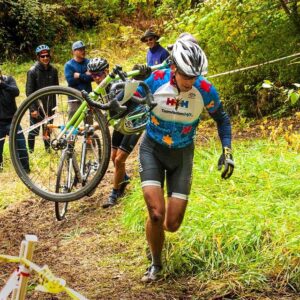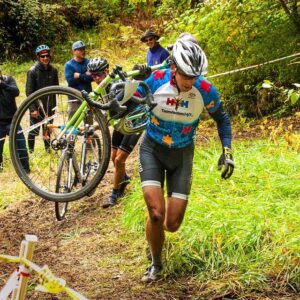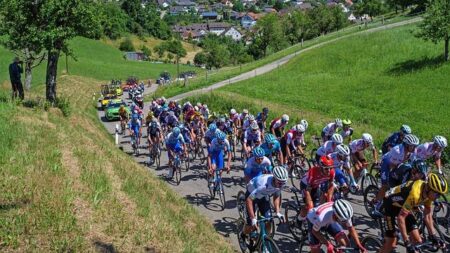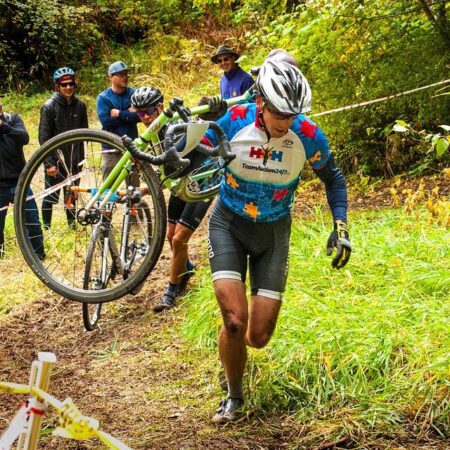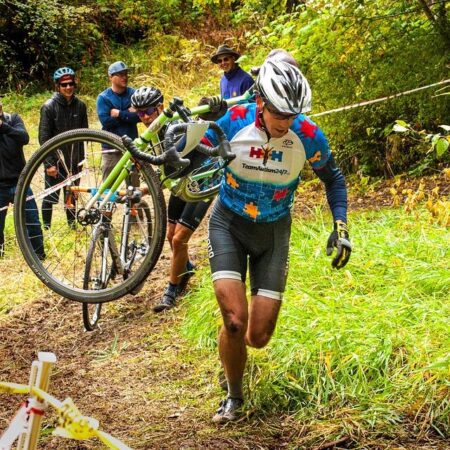In the world of professional cycling, the dynamics of teamwork can often define the success of a rider’s ambitions. This was exemplified during the recent Giro d’Italia, where Belgian cyclist Wout van Aert played a crucial supporting role in fellow rider Simon Yates’ thrilling attack that ultimately secured the British rider’s victory in the prestigious race. Van Aert’s unselfish approach and willingness to forgo the spotlight highlight a lesser-known yet vital aspect of competitive cycling: the importance of collaboration over individual glory. As the cycling community celebrates Yates’ remarkable achievement, it is Van Aert’s philosophy of putting team success above personal accolades that has drawn attention, showcasing a refreshing perspective amidst the high-stakes environment of the sport.
Wout van Aert Champions Teamwork in Simon Yates’ Giro d’Italia Triumph
In a dramatic turn of events at the Giro d’Italia, Wout van Aert showcased the essence of teamwork, playing a crucial role in Simon Yates’ triumphant victory. Van Aert, renowned for his versatility and strength, strategically supported Yates during the decisive stages of the race. His ability to lead the peloton and control the pace allowed Yates the freedom to launch a critical attack that ultimately secured the overall win. As Van Aert himself stated, “I love it when people don’t race for a place of honour,” highlighting his commitment to the collective goals of his team over personal glory.
This collaborative spirit was evident as Van Aert executed several key maneuvers throughout the race, including:
- Setting the pace during challenging climbs
- Protecting Yates from wind resistance in the flat sections
- Creating opportunities for strategic breaks when rival teams faltered
The dynamics of their teamwork not only demonstrated the power of collaboration but also underscored the ethos of cycling as a sport built on camaraderie. It’s this philosophy that propelled Yates to the podium and underscored the importance of unity in achieving monumental success.
The Impact of Tactical Support: How Van Aert Elevates Yates’ Winning Strategy
The collaboration between Wout van Aert and Simon Yates during the Giro d’Italia has proven to be a game-changer in tactical cycling. Van Aert, renowned for his versatile racing style and tactical acumen, stepped into a crucial role, actively helping Yates navigate the complexity of the course. His ability to disrupt the rhythm of competitors allowed Yates to exploit gaps and accelerate at pivotal moments. By setting an aggressive pace and utilizing his strength in the climbs, Van Aert created openings that Yates could capitalize on. This synergy not only elevated Yates’ chances of success but also highlighted the sheer power of well-executed teamwork in professional cycling.
Strategically, their partnership was marked by a clear division of roles where each cyclist played to their strengths. While Yates focused on maintaining his endurance and climbing prowess, Van Aert unleashed a series of well-timed attacks that caught rival teams off guard. The effectiveness of their strategy can be summarized in the following key elements:
- Timing: Van Aert’s attacks were synchronized with Yates’ strengths.
- Disruption: Constantly challenging other riders, Van Aert kept them on the defensive.
- Support: Van Aert shielded Yates from mid-race fatigue, allowing him to conserve energy for decisive moments.
This tactical dynamism not only played a pivotal role in securing Yates’ win but also set a new standard for collaborative racing in the peloton.
Lessons in Humility and Cooperation from the Giro d’Italia Journey
Throughout the intense stages of the Giro d’Italia, the dynamics of teamwork and selflessness were prominently on display, particularly in the context of Wout van Aert’s pivotal contribution to Simon Yates’ victorious campaign. In the world of professional cycling, it is often the individuals who possess the ability to set aside personal ambitions for the greater good of the team that achieve the most significant successes. This was evident as van Aert, despite his own capabilities and aspirations, prioritized the collective goal over personal accolades. By taking on a supporting role, he not only facilitated Yates’ strategic moves but also exemplified the essence of humility, which is crucial in high-stakes competitions.
The Giro d’Italia served as a reminder of the vital lessons in cooperation that resonate beyond the cycling arena. Successful athletes understand that their achievements are often a reflection of collaborative effort rather than solo endeavors. Some key takeaways from this thrilling event include:
- Team Over Individual: A cyclist’s success is largely dependent on their teammates’ performance and support.
- Shared Goals: Establishing a unified objective can lead to unforeseen victories.
- Selflessness is Key: Setting aside individual ambitions can yield greater rewards for all involved.
Final Thoughts
As the dust settles on what has been a thrilling Giro d’Italia, Wout van Aert’s selfless contribution to Simon Yates’ decisive attack will not soon be forgotten. His assertion that he relishes the camaraderie over competition for honour speaks volumes about the spirit within the peloton. Van Aert’s strategic prowess and willingness to support his teammate highlight the true essence of teamwork in cycling, where individual ambitions often intertwine with collaborative success. As Yates basks in the glory of his victory, it’s clear that this iconic moment represents not just a personal achievement but a testament to the power of loyalty and teamwork in the sport. As the cycling world looks ahead to the next challenges, the camaraderie displayed by Van Aert and his peers serves as a reminder that in cycling, victories are often forged together, not taken alone.

